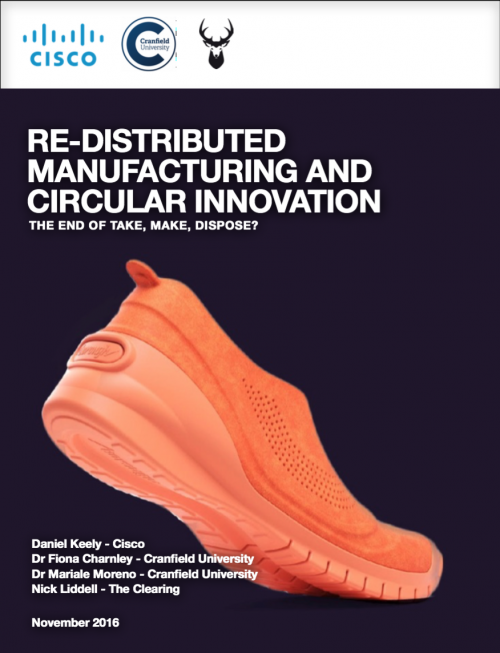
Re-distributed Manufacturing – the End of Take, Make, Dispose? Part 1
2 min read
By 2030, the UK population is expected to reach 70 million people. This will mean 90% of us living in increasingly cramped cities, helping to drive far-reaching changes to consumer habits. With 11% more people inhabiting a relatively small island than in 2011, space will be at a premium, meaning less space to sell and store products and brands having to work much harder to earn a place on the shelves and in consumers’ homes.
This will logically spell an end to volume promotions and drive a move towards smaller, slimmer (or no) packaging, while logistics will likely become even more of a headache. It will also accelerate today’s emerging trend of consumers seeking experiences rather than ‘stuff’ they have little space to store.
For industry, that means finding ways of offering more and more personalisation and a subscription ‘relationship’ model rather than purchasing model. But it’s not just changing consumer habits that industry needs to keep pace with. There are also significant economic and technology changes underway that, when combined, have the potential to change the relationship between consumers, brands and links in the value chain beyond recognition.
Dwindling resources
By 2050, demand for resources will outstrip supply: global water demand will increase 40% (driven by the manufacturing and energy sectors) and 50% of the world’s population will live in areas of water stress as a result. Demand for food will rise 56%, leading to higher prices worldwide. This will impact on industry beyond cost increase as consumers expect action and regulators mandate it.
(Source: Roland Berger)
Technology everywhere
Since the first generation iPhone was released almost a decade ago, technology has become more and more embedded in consumers’ day to day lives. Most of us could not live without our smartphone and tablet and we are already seeing wearable technology start to become a fixture, while many of us rarely make voice calls. The wheels are in motion for the consumer goods industries to change significantly in the near future to keep pace with changes in society and the macro-economy. The challenge is how we adapt.
Data as currency
Data will increasingly be a currency exchanged between businesses and individuals, and products will become smart by default, meaning every aspect of our lives can be managed, monitored and monetised in new ways. This requires a different mindset by industry as we move away from value chains to value networks.
Adapting to a new world
 Big data is already facilitating transformational change across sectors, and holds enormous potential to keep pace with the changes outline above. Big data and digital technologies combined offer genuine opportunities to re-think manufacturing by changing the economics and organisation, particularly of location and scale. But the really big question is ‘how’?
Big data is already facilitating transformational change across sectors, and holds enormous potential to keep pace with the changes outline above. Big data and digital technologies combined offer genuine opportunities to re-think manufacturing by changing the economics and organisation, particularly of location and scale. But the really big question is ‘how’?
Cisco, Cranfield University and The Clearing recently collaborated on a project to explore in detail a specific real-world application combining big data and digital technology to drive a new, circular model for production. By exploring the widely popular category of sports shoes as a proof of concept, the results of the collaboration illustrate how re-distributed manufacturing can drive circular innovation to solve existing and imminent business problems.
I’ll be expanding on the findings in this blog series, which will outline how new models could shift long-established industry dynamics – an example of radical innovation in practice.
- Download the ‘Re-distributed Manufacturing – the End of Take, Make, Dispose?‘ white paper
- Read more about the ‘Shoe Lab‘ collaboration
- See how Cisco is working with manufacturers to drive digital transformation